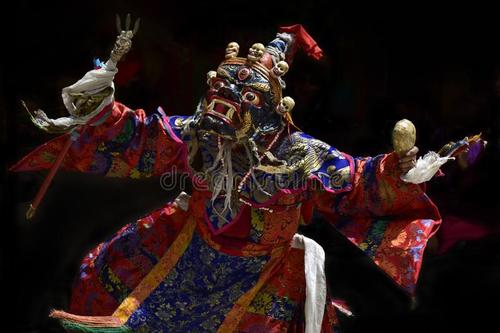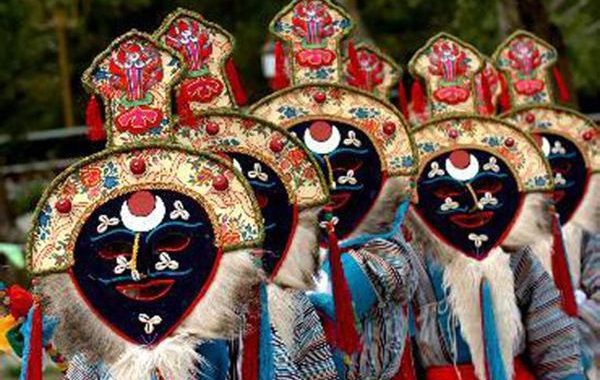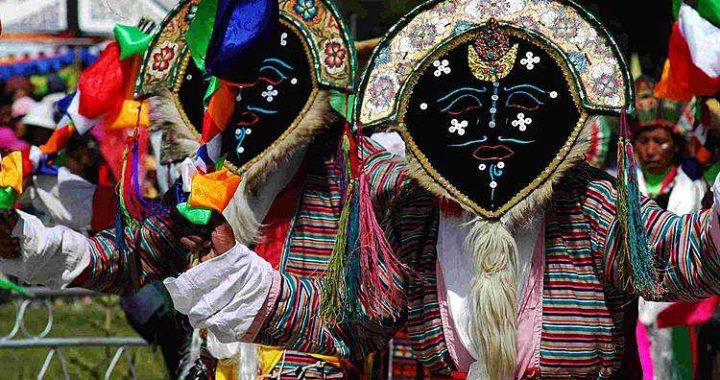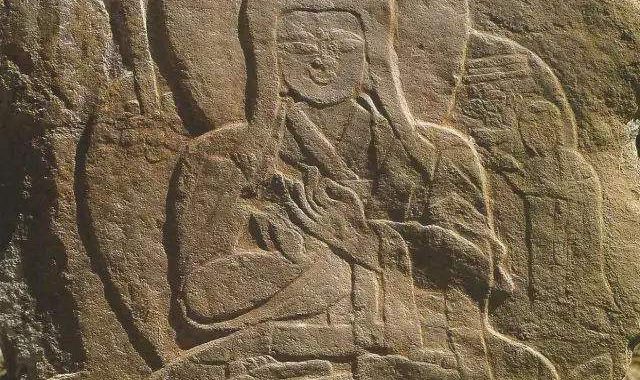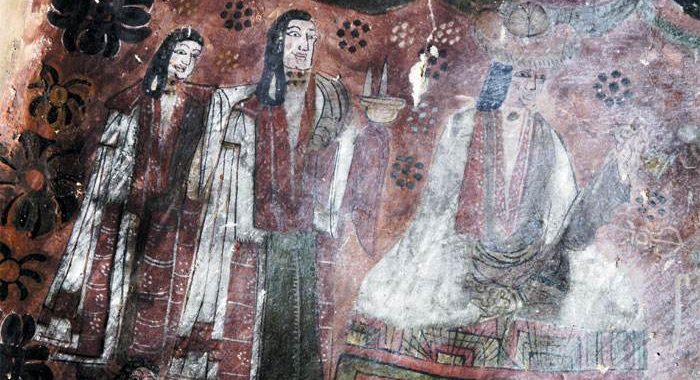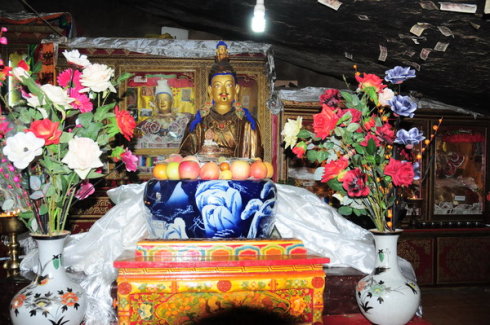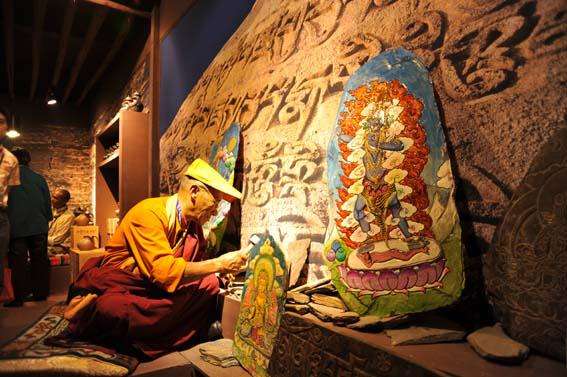Cultural Preservation and Freedom of Religious Belief
5 min readAs an important part of Chinese culture, Tibetan culture attracts people from all over the world with its unique charm. Over the years, the Central Government and the government of the Tibet Autonomous Region have worked together to preserve and promote the outstanding traditional Tibetan culture while developing advanced socialist culture, and to protect places of unique folk cultures. Their efforts have reaped fruits, and Tibetan culture is now well preserved and developed.
Preserving and developing the spoken and written Tibetan language The study and use of the Tibetan language and script are protected by law in China. The Constitution, Law on Regional Ethnic Autonomy and Law on the Standard Spoken and Written Chinese Language have articles protecting the freedom of ethnic minorities to use and develop their own spoken and written languages. The Tibet Autonomous Region enacted the Several Provisions of the Tibet Autonomous Region on the Study, Use and Development of the Tibetan Language(For Trial Implementation), Detailed Rules for the Implementation of the Provisions, and the formal version, finally making this work solidly law-based.

Bilingual education, with Tibetan as the principal language, is widespread in Tibet.
At present, primary schools in all farming and pastoral areas and some urban areas use both Tibetan and Chinese in teaching, but mostly Tibetan for the major courses.
Middle schools also use both languages, and Tibetan classes in middle schools ininland areas also have lessons in Tibetan. By the end of 2012 there were 282,914 primary school students and 177,981 middle school students receiving bilingual education, accounting for 96.88 percent and 90.63 percent of the total respectively in Tibet. Now there are 23,085 bilingual teachers, and 3,700 Tibetan language teachers at schools at different levels.

Tibetan is widely used in political life. Resolutions, laws and regulations adopted atpeople’s congresses at all levels, and formal documents and declarations published by people’s governments at different levels and their subsidiary departments in Tibet are written in both Tibetan and Chinese. In judicial proceedings, Tibetan is used to trycases involving litigants of the Tibetan group; and the Tibetan language is used in writing the legal documents. Automation has been realized in the translation and interpretation departments of the Party Committee, People’s Congress, People’s Government and CPPCC office of the Tibet Autonomous Region, and such offices at prefecture and county levels. The word count of translation in Tibet is more than 60 million each year. Both Tibetan and Chinese are used in official seals, credentials andcertificates, forms, envelopes and letter paper, writing paper, identifiers, signs of work units, factories and mines, schools, stations, airports, shops, hotels, restaurants, theaters, scenic spots, sports venues, libraries, and street and traffic signs.
More and more intellectual and cultural products in Tibetan are appearing. Thereare 14 Tibetan-language magazines and ten Tibetan-language newspapers in Tibet.

Tibet People’s Radio has 42 programs and columns in Tibetan (including Khampa); its Tibetan-language news channel broadcasts 21 hours a day, and its Khampa channel broadcasts 18 hours a day. Tibet TV Station has a Tibetan-language channel broadcasting 24 hours a day. In 2012 some 780 titles of books in the Tibetan language were published in the Tibet Autonomous Region, with a total of 4.31 million copies.
In addition, the use of Tibetan is becoming more and more IT-based. Computer coding of Tibetan characters has met the national and international standards.
Tibetan editing, laser phototypesetting and electronic publishing developed independently by China are extensively applied. Through the Internet, mobile phones and other means, Tibetans can read, listen to and watch domestic and internationalnews and get all types of information, which has become part of their daily life.

While preserving and developing the Tibetan language, the State also popularizes standard Chinese around the country, including in regions inhabited by ethnic minorities. According to the Law on the Standard Spoken and Written Chinese Language,”the State popularizes modern standard Chinese and standardized Chinese characters”and “every Chinese citizen has the right to learn and use the standard spoken and written Chinese language”so as to “promote economic and cultural exchanges between ethnic groups and regions.”In addition,”The use of the standard spoken and written Chinese language should help maintain state sovereignty and national dignity, safeguard state unification and national unity, and promote socialist material, cultural and ethical progress.”In China, no individual or organization shall oppose the popularization, study and use of standard spoken and written Chinese language on the pretext of protecting and developing the language and script of their ethnic group.
Preserving and carrying forward outstanding cultural heritages Cultural relics and historic sites have been effectively preserved in the Tibet Autonomous Region, which has issued the Notice of the Tibet Autonomous Region People’s Government on Strengthening the Protection of Cultural Relics, and Regulations of the Tibet Autonomous Region on the Protection of Cultural Relics, and some other laws and regulations to ensure that cultural relics are protected in accordance with the law and due procedures. Currently, Tibet has 4,277 cultural relicssites(including 55 state-level ones and 210 regional ones), and 2.32 million items of cultural relics are in their collection. The Potala Palace, the Norbulingka and Jokhang Temple are on the World Heritage List. Lhasa, Shigatse and Gyangtse are honored as State-level Historical and Cultural Cities. Tibet Museum is a state-level museum. Since 2000 the Central Government has invested 2.04 billion yuan in key projects for thepreservation and maintenance of cultural relics in Tibet, among which more than 380 million yuan has been used in the three key projects of the Potala Palace, Norbulingka and Sakya Monastery.

The region’s intangible cultural heritage has been effectively preserved, promoted and developed. The Regional People’s Government and local prefectural(city) governments have set up special organizations to salvage, collate and study the Tibetan cultural heritage, making a general survey of the cultural and artistic heritage of the Tibetan group. These organizations have edited and published Chronicles of Chinese Dramas: Tibet; Collection of Folk Dances: Tibet; Collection of National Instrumental Folk Music: Tibet, and seven other collections, including over 10,000 pieces of folk music, songs and other art forms and over 30 million characters of literary data. Currently, Tibet has nearly 800 intangible cultural heritage projects, over 80 performance troupes of traditional dramas and 1,177 inheritors of such intangible cultural heritage. Tibetan opera and the Gesar epic have been included in UNESCO’s Masterpiece of the Intangible Heritage of Humanity. Tibetan Thangka, Tibetan papermaking technique and 73 other cultural items have been included in China’s Masterpiece of the Intangible Heritage, and 68 inheritors of such cultural items have been affirmed as representative inheritors of China’s Intangible Heritage projects;323 projects and 227 inheritors have been put on the Tibet Regional List of Intangible Heritage; and 158 books have been put on the State List of Valuable Ancient Books.
The Ministry of Culture and Tibet Autonomous Region have named five places as national homes of folk art,19 as regional homes of folk art, and two as homes of special art.
